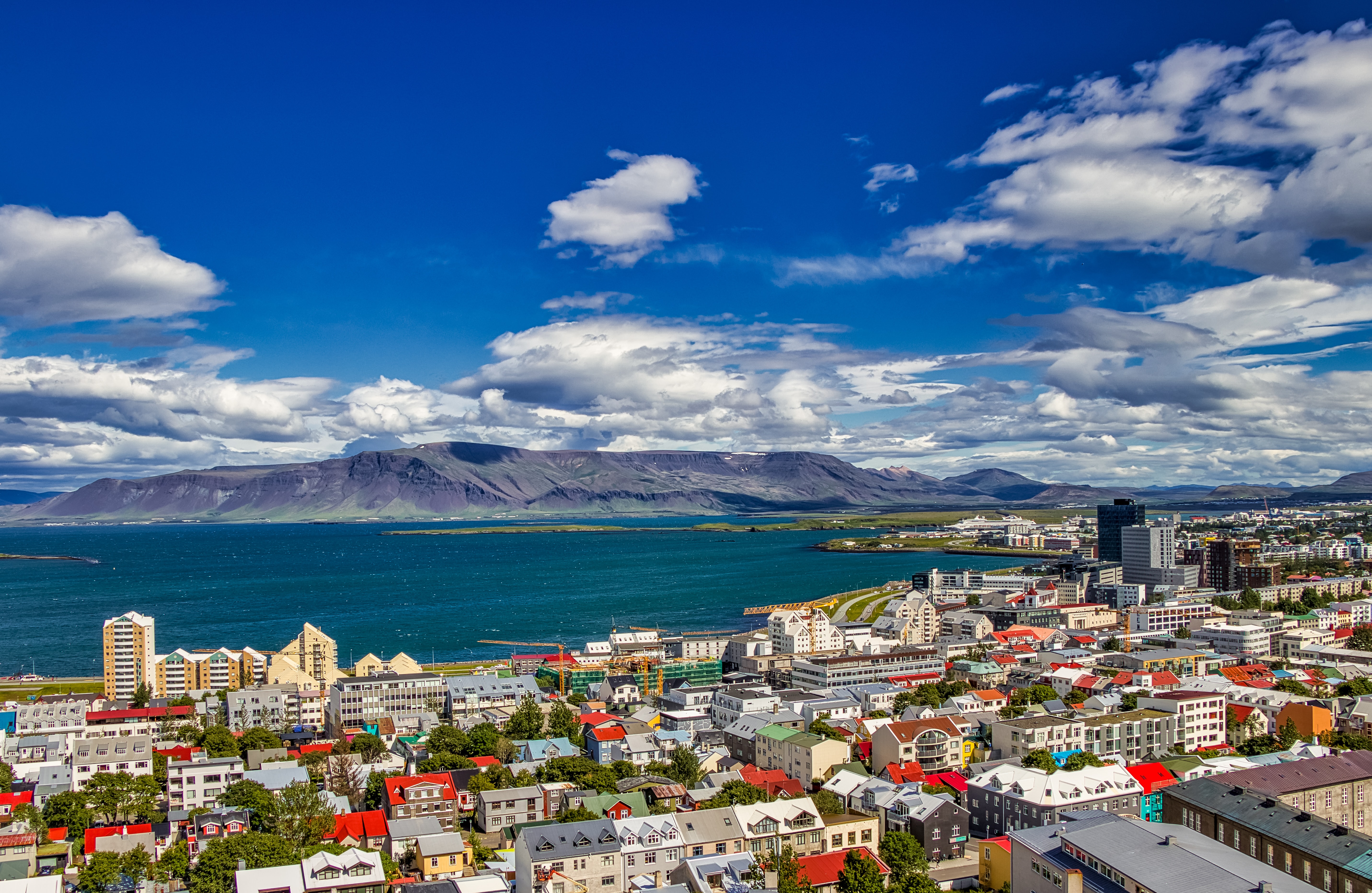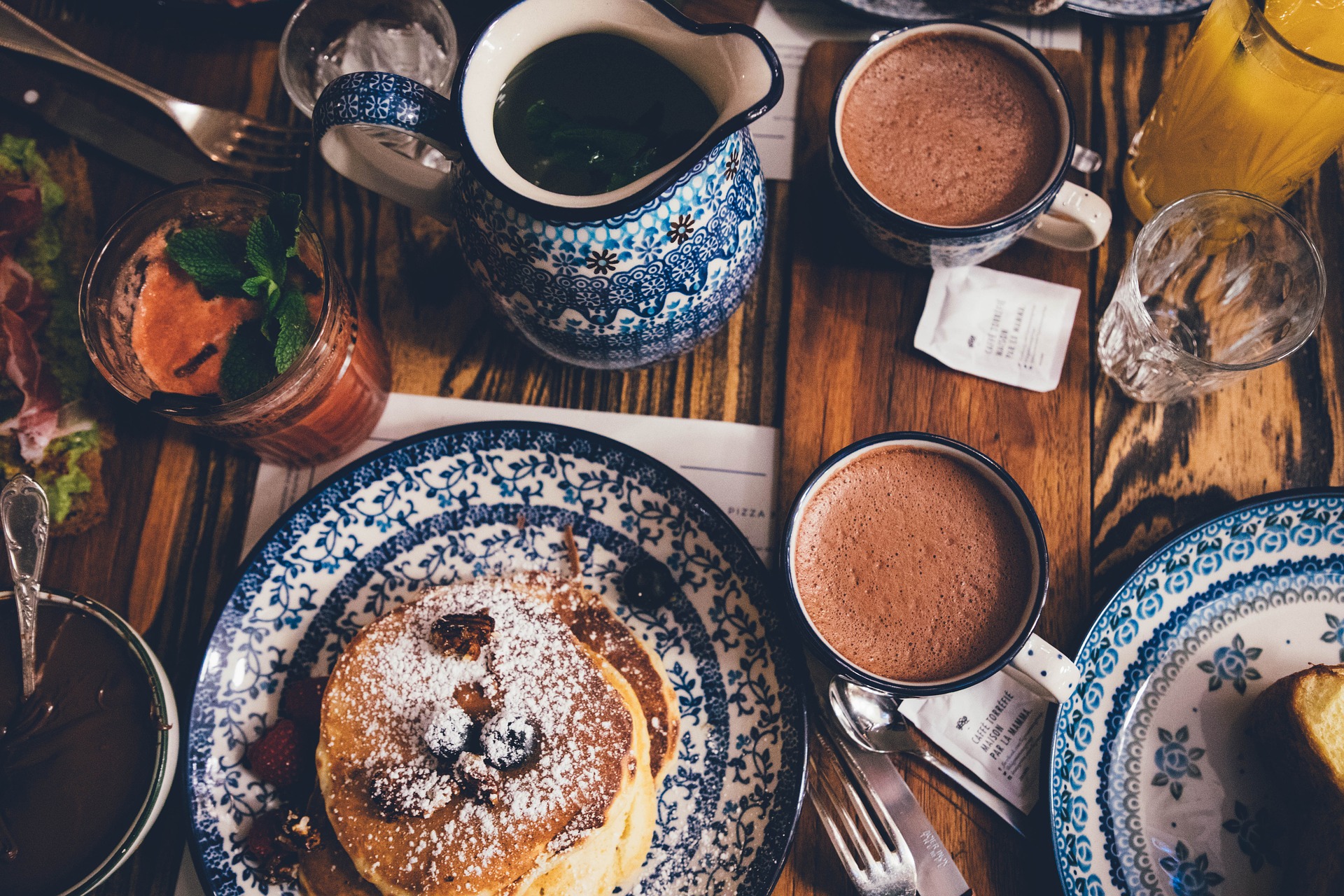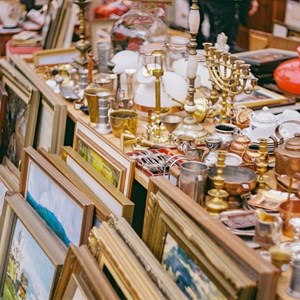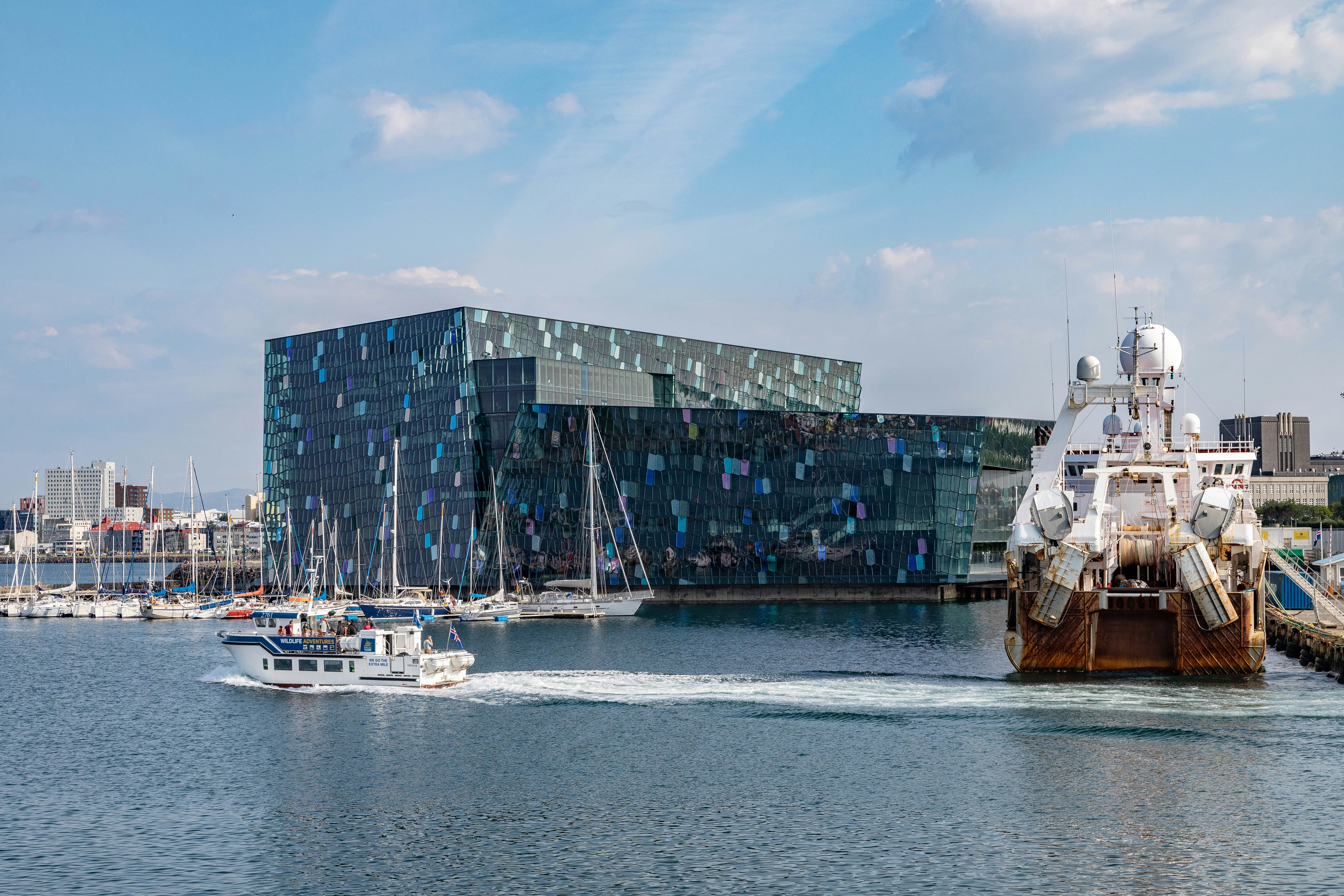

Visitors to Reykjavík are thrilled by the pure energy at the heart of Iceland’s capital city: be it from the boiling thermal springs, the natural green energy, or the lively cultural scene and fun-filled nightlife.
The world’s northernmost capital is framed by the majestic Mount Esja, which keeps a watchful eye on the city, and the blue waters of Faxaflói Bay. On a sunny day, the mystical Snæfellsjökull glacier appears crystal-like on the western horizon, while mountainous moonscapes spread to the southeast.
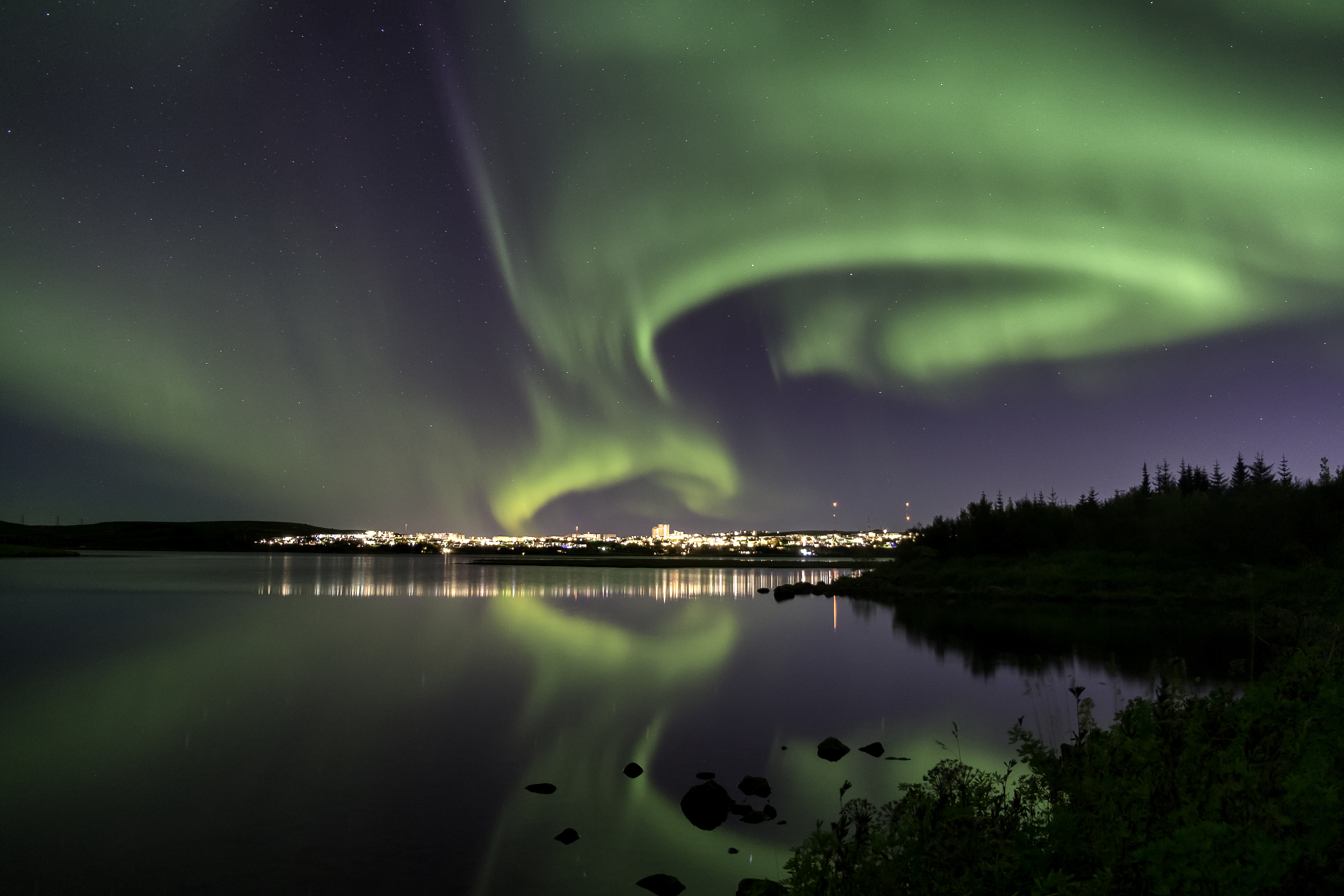 Johann Helgason/Shutterstock.com
Johann Helgason/Shutterstock.com
The City
The city of Reykjavík has a fascinating history that stretches back over a thousand years. The site was first inhabited in the eighth century by a band of hardy Norsemen. Since then Vikings, monks, sailors, musicians, fishermen, politicians, writers, artists and all manner of folk have played their part in shaping the rich history and culture that makes Iceland’s capital such a vibrant and fascinating place.
Visitors leave Reykjavík with a renewed sense of vigour that can be attributed to Iceland’s pristine air and unique energy, evident all around the city — from the geothermal vents steaming in the midnight sunshine to the great open spaces that adorn the area with stunning natural landscape. Many year-round activities and events can fill the diary of any interested traveller.
Reykjavík is also home to the world’s oldest parliament — the Alþingi, which was founded in 930 AD. However, today the city is the epitome of a modern European capital with a world-class infrastructure, excellent transport links to Europe and North America, and 200,000 welcoming Icelanders helping you enjoy your stay.
Reykjavík is renowned for an array of features: a big art scene, sightseeing and nightlife; annual film and music festivals; and numerous shops, museums and restaurants. There’s no other city like the world’s most Northerly capital, situated at a relatively short distance from the Arctic Circle.
Iceland is a pretty isolated place, and that makes Reykjavík a fairly expensive place to hang out. The Economist magazine once put it as high as 14th place for its high cost of living. However, if you're coming from New York, Paris, Hong Kong or Tel Aviv — the pain of sticker shock won't bother you.
Visitors from all around the globe also enjoy whale and wildlife watching, relaxing in one of the many thermal spas and pools (such as the famous Blue Lagoon), viewing spectacular sights such as the Imagine Peace Tower (a spectacular tribute to John Lennon) or the Hallgrímskirkja, and touring the amazing countryside — all with the beautiful snow-covered Mount Esja in the background.
Reykjavík is home to some superb hotels, guest houses and other cosy kinds of accommodation for visitors. Information on tours, trips and things to do during your stay can be easily found in this brochure or at the Reykjavík Tourist Information Centre.
However long you stay here, you won’t be short of things to do in Reykjavík.
Top 11
Reykjavík’s compact city centre is a friendly and colourful network of small streets with historic buildings, a wide selection of boutiques, designer shops, and cafés and restaurants that serve attractive dishes made of the freshest ingredients. Find the perfect souvenir, enjoy a gourmet meal or lose track of time in a modern gallery. Check out our Top 11 things to do in Reykjavík.
If you have more time on your hands we encourage you to go beyond the trendy “101” postcode of the Reykjavík city centre and view some of the intriguing sites that the Reykjavík Capital Area offers, including Viking and elf territories, museums displaying both nature’s wonders and cultural icons, some excellent new thermal pool facilities and top bird watching sites.
 f11photo / Shutterstock.com
f11photo / Shutterstock.com
Hallgrímskirkja — The Church of Hallgrímur
 Alexey Stiop/Shutterstock.com
Alexey Stiop/Shutterstock.com
Take a Walk with a Viking
 Aivolie / Shutterstock.com
Aivolie / Shutterstock.com
Perlan — The Pearl
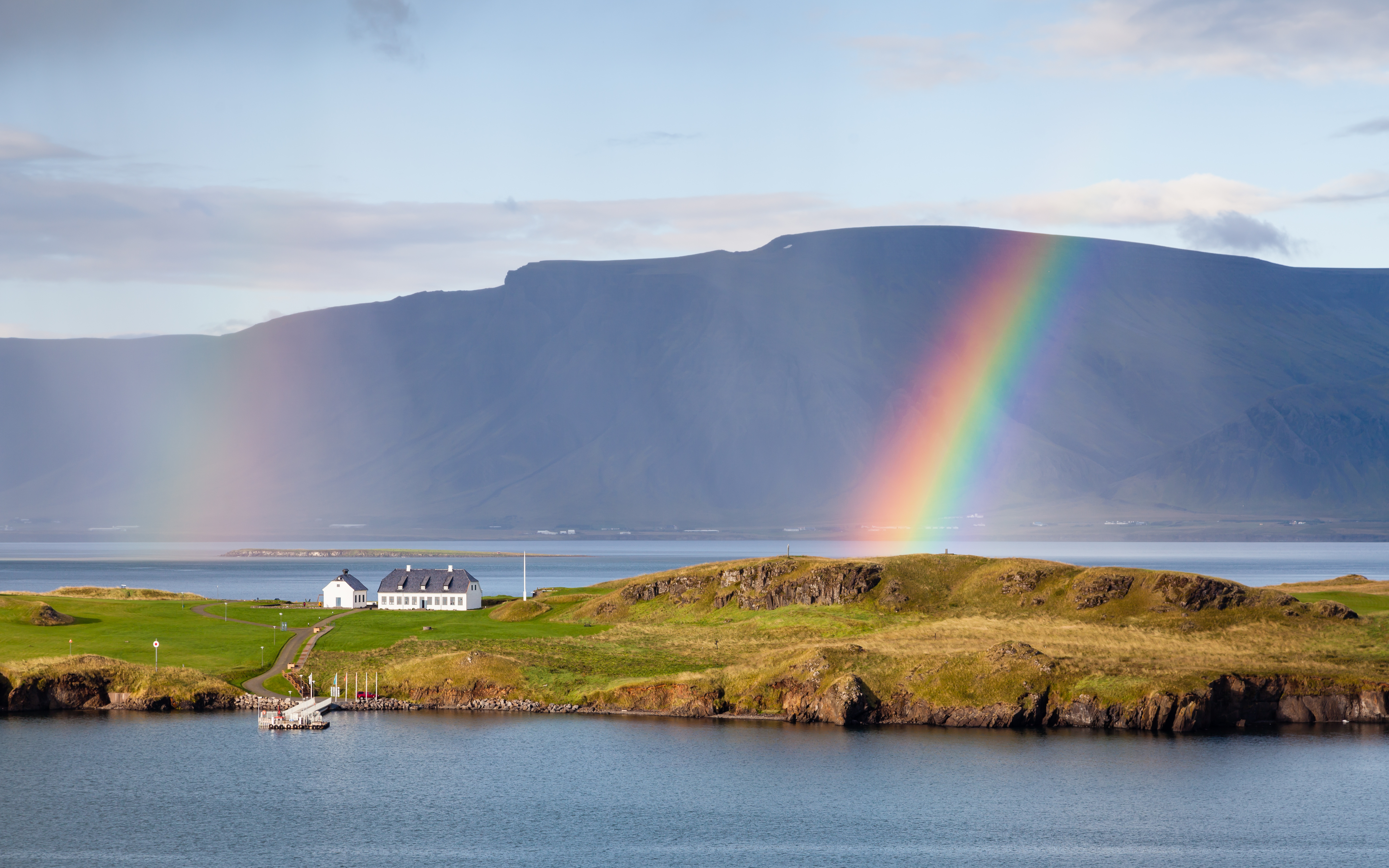 ATGImages/Shutterstock.com
ATGImages/Shutterstock.com
Do & See
Glaciers, geysers, hot springs, and volcanoes are the exotic attractions that have drawn tourists to Iceland for a long time. Reykjavík itself has recently become one of the world’s greatest weekend destinations and hosts visitors from across the world. Reykjavík also offers splendid architecture, fantastic shopping, and a raft of cultural delights with Iceland’s amazing natural wonders just around the corner.
 f11photo / Shutterstock.com
f11photo / Shutterstock.com
Hallgrímskirkja — The Church of Hallgrímur
 Alexey Stiop/Shutterstock.com
Alexey Stiop/Shutterstock.com
Take a Walk with a Viking
 Aivolie / Shutterstock.com
Aivolie / Shutterstock.com
Perlan — The Pearl
 Denis Kichatof/Shutterstock.com
Denis Kichatof/Shutterstock.com
Whale Watching
 RPBaiao / Shutterstock.com
RPBaiao / Shutterstock.com
Tjörnin — The Lake
 Palmi Gudmundsson/Shutterstock.com
Palmi Gudmundsson/Shutterstock.com
Árbær Open Air Museum
 LightField Studios / Shutterstock.com
LightField Studios / Shutterstock.com
Reykjavík Food Walk
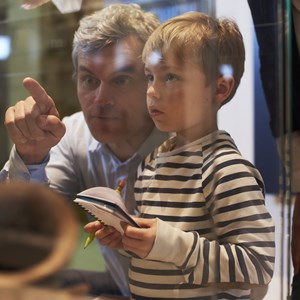 Monkey Business Images / Shutterstock.com
Monkey Business Images / Shutterstock.com
National Museum
 Nejron Photo / Shutterstock.com
Nejron Photo / Shutterstock.com
Nauthólsvík Geothermal Beach
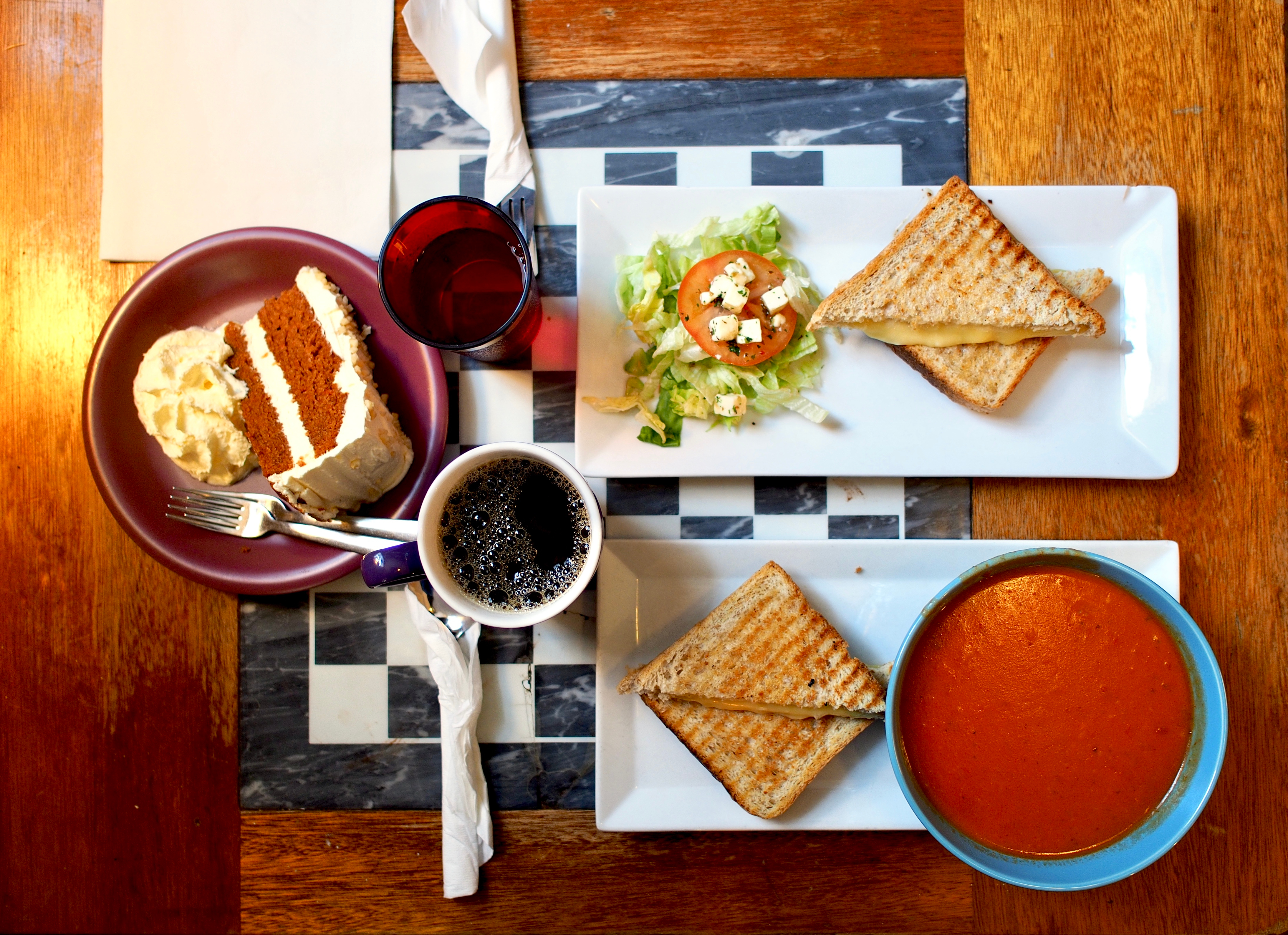 watermelontart/Shutterstock.com
watermelontart/Shutterstock.com
Dining
Foodies will find plenty to keep them happy when wining and dining in the nation’s capital. Reykjavík has an astounding variety of restaurants, offering both traditional and international cuisine.
Icelandic cuisine is characterised by an imaginative use of pure Icelandic ingredients such as fresh fish and seafood, organic lamb and wild game.
Be sure not to miss the Icelandic hot dog. The highly acclaimed “city’s best” can be found at the “Bæjarins Beztu” hot dog stand on Tryggvagata near Reykjavík Harbour.
 stockcreations / Shutterstock.com
stockcreations / Shutterstock.com
Ítalía Veitingahús
 Mateusz Gzik / Shutterstock.com
Mateusz Gzik / Shutterstock.com
Tapas Barinn
 OKuznechikova / Shutterstock.com
OKuznechikova / Shutterstock.com
Kol
Cafés
Reykjavík boasts a great café culture, with residents regularly meeting up with friends and family for coffee, cake, and little talks. An Icelandic hot chocolate is a great way to warm those cold bones after a day spent exploring the city. Many cafés also host live music and entertainment.
Interesting fact: if you see several prams stationed outside a café in the dead of winter with the little ones still inside — worry not. Wrapping babies up and letting them rest outside is common practice in Iceland.
 Viktoriia Photographer/Shutterstock.com
Viktoriia Photographer/Shutterstock.com
Kaffitár
 Borphy / Shutterstock.com
Borphy / Shutterstock.com
Mokka Kaffi
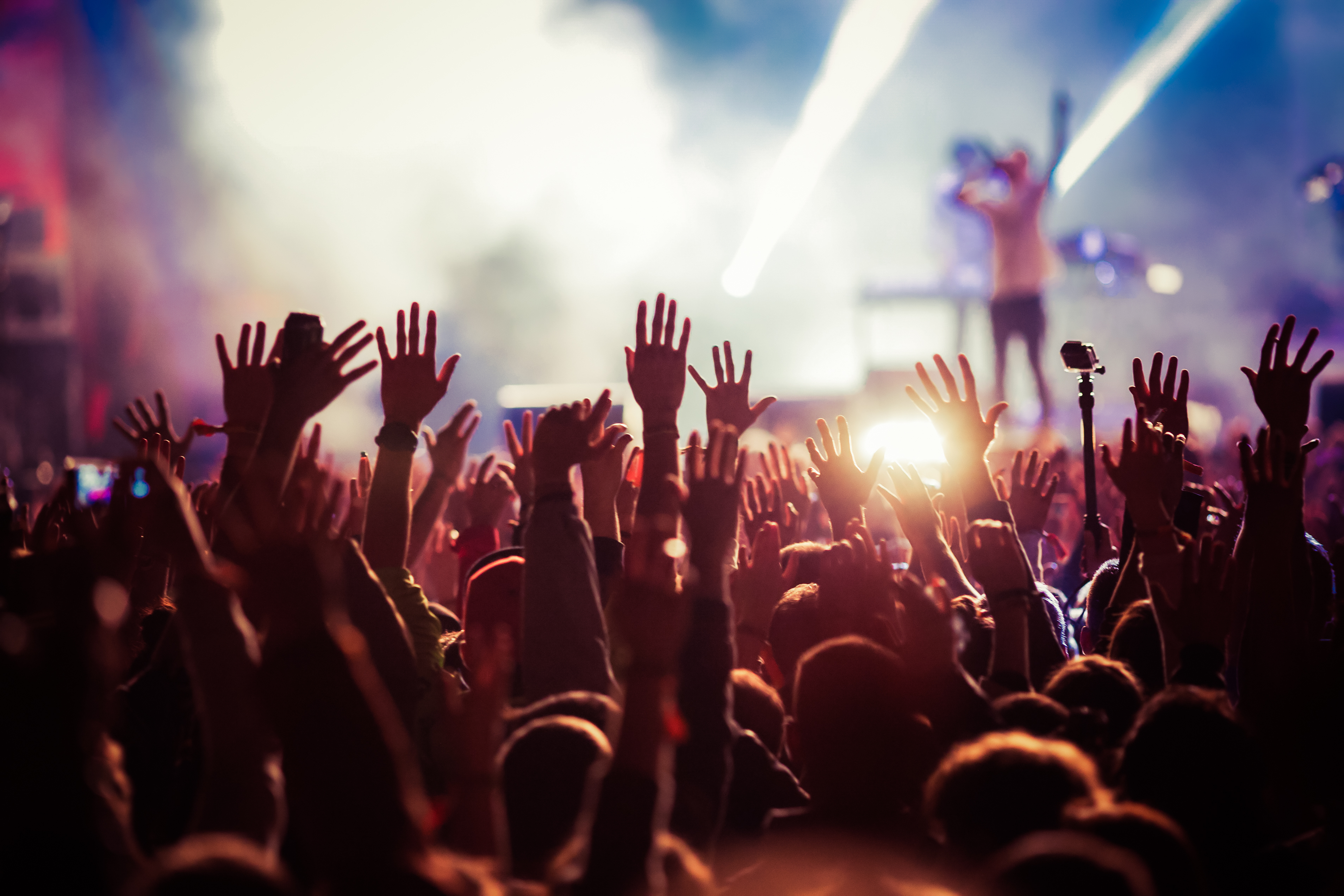 Melinda Nagy/Shutterstock.com
Melinda Nagy/Shutterstock.com
Bars & Nightlife
Walking through the Reykjavík city centre during the day, and doing the same after hours when the party is well under way, are two completely different experiences. Reykjavík is well known for its vibrant nightlife, with trendy bars and clubs open until the early hours of the morning. Whether you are interested in listening to live music or dancing the night away, you are sure to find something to your liking.
Bars & Clubs — The distinction between cafes, pubs, bars and clubs is far from clear in Reykjavík, with many daytime cafes turning into tightly packed bars and clubs as the night goes on. Many are open until late (five in the morning) and it is not uncommon to spend all night in town on Friday and Saturday nights. Most bars and clubs are in the compact downtown area which makes it easy to test many different places.
Live Music — Reykjavík has a very eclectic music scene which goes far beyond what you might have heard about Björk and Sigur Rós. The scene is made up of a large number of genres, with everything from hardcore punk rock and indie to chamber music and hip-hop. You can take in a concert almost every night of the week.
 Stuart Monk/Shutterstock.com
Stuart Monk/Shutterstock.com
Kaffibarinn
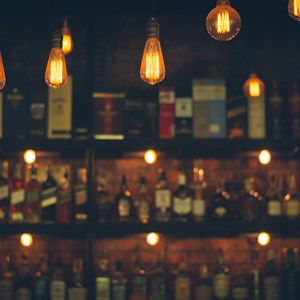 Picnote/Shutterstock.com
Picnote/Shutterstock.com
Slippbarinn
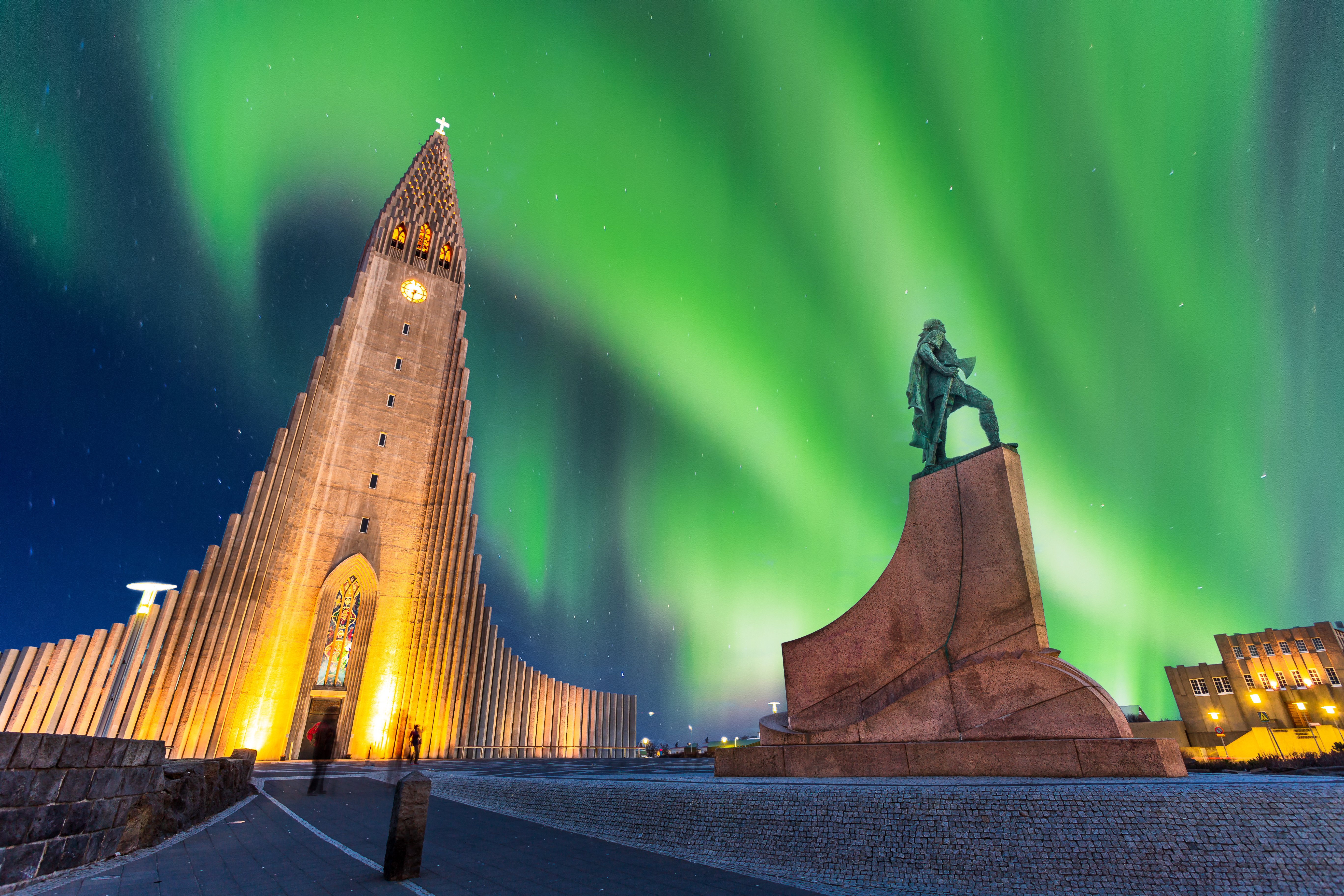 basiczto/Shutterstock.com
basiczto/Shutterstock.com
Events
Lovers of arts and culture are in for a real treat in Reykjavík. From the Icelandic sagas to contemporary art, Reykjavík has a buzzing cultural scene. A constant flow of innovative musical happenings, theatrical performances and cultural events keeps locals and visitors entertained all year round.
English is taught as a second language from an early age in Iceland, and pretty much every Icelander is a fluent English speaker. You'll find it easy to make new connections since the language barrier is virtually nonexistent.
 Daria Medvedeva/Shutterstock.com
Daria Medvedeva/Shutterstock.com
Iceland National Day — June 17th
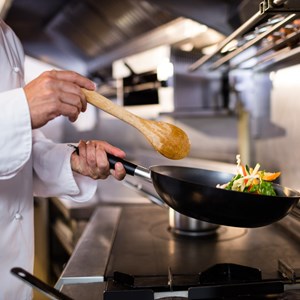 wavebreakmedia/Shutterstock.com
wavebreakmedia/Shutterstock.com
Food & Fun
 Gyorgy Demko/Shutterstock.com
Gyorgy Demko/Shutterstock.com
Reykjavik Pride
 thorgilsv/Shutterstock.com
thorgilsv/Shutterstock.com
Reykjavik Culture Night
 Sigridstock/Shutterstock.com
Sigridstock/Shutterstock.com
Design March
 2xSamara/Shutterstock.com
2xSamara/Shutterstock.com
Children’s Cultural Festival
 Jay Yuan/Shutterstock.com
Jay Yuan/Shutterstock.com
Festival of the Sea
 Anna Kepa/Shutterstock.com
Anna Kepa/Shutterstock.com
Hafnarfjörður Viking Festival
 badahos/Shutterstock.com
badahos/Shutterstock.com
Illumination of the Imagine Peace Tower on Viðey Island
 Roberto La Rosa/Shutterstock.com
Roberto La Rosa/Shutterstock.com
Advent Festival
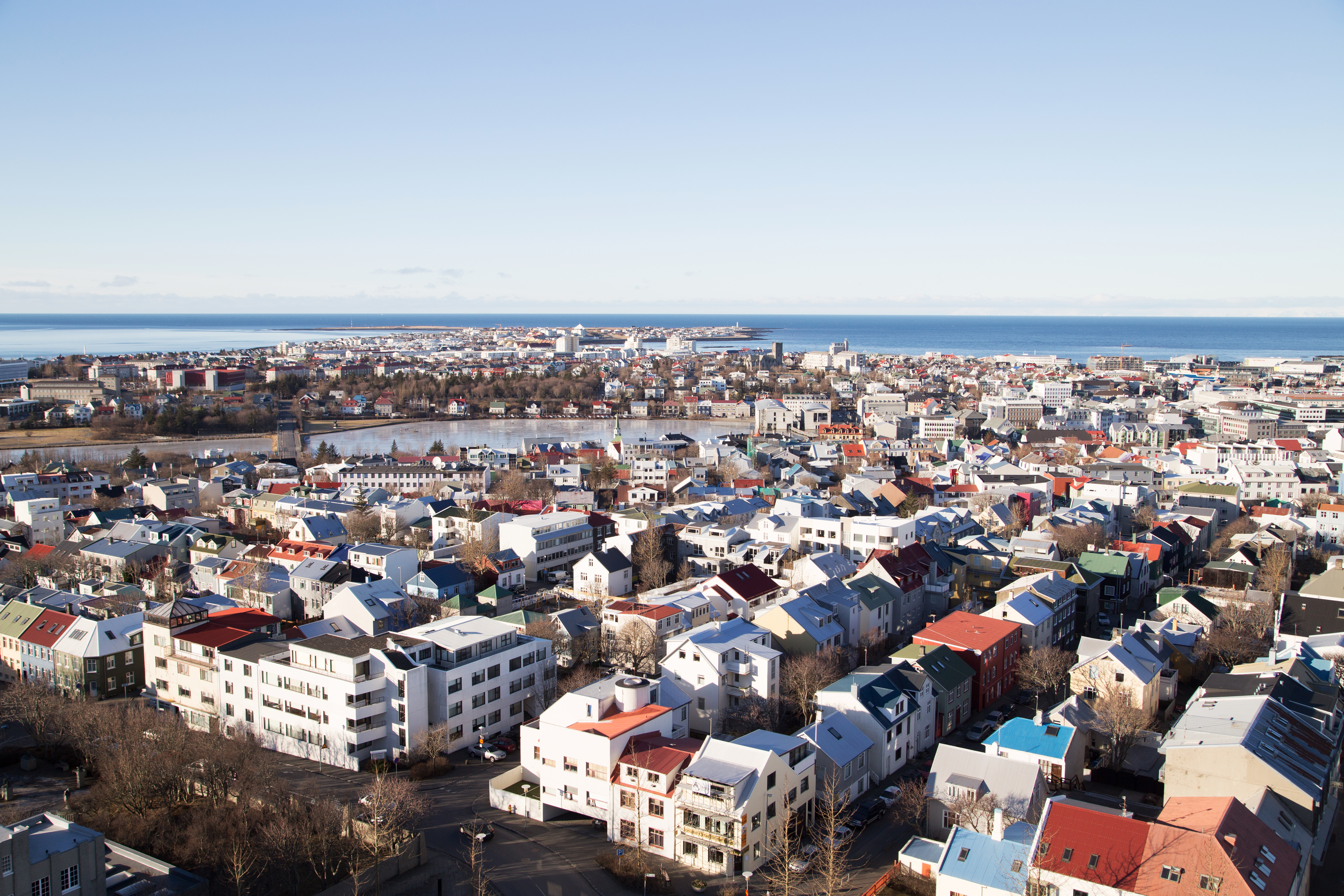 Johann Helgason/Shutterstock.com
Johann Helgason/Shutterstock.com
Shopping
Reykjavíkers are known for their innovative design style. Walk up Laugavegur or Skólavördustígur, the city’s main shopping streets, and you’ll spot arts and crafts galleries, music and bookstores, jewellery shops and much more. One-of-a-kind Icelandic jewels often incorporate local semi-precious stones or pieces of lava rock. Locally created fashion products are fascinating and varied, from handbags made of fish skin to delicate woollen tops.
On weekends, you will find the Flea Market (Kolaportið) by Reykjavík Harbour overflowing with bric-a-brac and Icelandic delicacies, such as fermented shark, dried fish, tons of liquorice and much more!
You can also find electronics, camping equipment, book shops, record stores and gift shops around Reykjavík, plus several shopping malls handily located on the outskirts of the city.
 Prokrida / Shutterstock.com
Prokrida / Shutterstock.com
Kirsuberjatréð — The Cherry Tree
 Roxana Jifcovici / Shutterstock.com
Roxana Jifcovici / Shutterstock.com
SPAKS — Spaksmannsspjarir
Tourist Information
Reykjavik is closer than you think. Flight time is 2-4 hours from Europe and 5-6 hours from east coast USA. It is also a compact city which is easy to navigate, whether on your own two feet or by public transport. In addition, magnificent countryside awaits just minutes away from the city centre. Visit the Reykjavík Tourist Information Centre for help in planning your activities.
When exploring Reykjavík, do not be afraid to stop and ask for directions, since people are very friendly and almost everyone speaks English.
Passport & Visa
Citizens of European Union (EU) and European Economic Area (EEA) countries do not need a visa to enter Iceland, only a valid ID. Many other countries, including the United Kingdom, United States, Canada, United Arab Emirates, Australia, and New Zealand, benefit from visa-free entry for short stays of up to 90 days within a 180-day period.
Visitors from visa-exempt countries must hold a valid passport and, starting in late 2025, will need to apply for an ETIAS (European Travel Information and Authorisation System) authorisation online before travelling.
For those requiring a visa, such as travellers from some Middle-East, African or Asian nations, a Schengen visa must be obtained prior to arrival. All travellers should ensure their passport is valid for at least three months beyond their intended stay.
Address:
Email:
Phone:
Website: https://home-affairs.ec.europa.eu/policies/schengen/visa-policy_en
More Information:
Best Time to Visit
In summer you'll find the warmest temperatures (usually in the low 20°C), beautiful green landscapes, and an exciting choice of events — see our dedicated section for more info. As summer is the most popular time to visit, though, expect crowds of tourists.
A great attraction of Icelandic summers is the midnight sun: darkness lasts for a very short time, especially in June. Head for the countryside, where there are fewer artificial lights, to get the most ethereal views. July and August, the warmest months, are the best for hikers. May to September is the best period to go whale-watching, peaking in June and July.
If you're interested in the Northern lights, visit in February–March or September–October, and remember to pack warm clothes against the less-than-idyllic weather.
Address:
Email:
Phone:
Website:
More Information:
Keflavík International Airport (KEF)
All international flights land at the Keflavík International Airport, located near the town of Keflavík, about 50 kilometres from Reykjavík.
Flybus and Airport Direct airport shuttles that run between Keflavík International Airport and the city of Reykjavík. The shuttle schedule is coordinated with airline flight schedules. The bus stops at many of the larger hotels in the city to drop off and pick up travellers.
Address:
Email:
Phone: +354 424 4000
Website: www.kefairport.com
More Information:
Reykjavík Domestic Airport (RKV)
Reykjavík’s domestic airport, situated near the city centre, operates flights to other parts of the country and to Greenland and the Faroe Islands. All major towns in the country have their own airports. On certain routes, you can also choose to fly one way, and take the bus the other way. For further information on scheduled domestic flights, contact Air Iceland.
Address:
Email:
Phone:
Website: www.innanlandsflugvellir.is/en/reykjavik-airport
More Information:
Public Transport
Reykjavík has an excellent bus system. Most buses run every 10–20 minutes, and every 30 minutes in the evening and on weekends. Bus information is available at the Lækjartorg bus station, at the Reykjavík Tourist Information Centre and online.
A flat fare is charged on the buses. You may need to change buses: ask for a skiptimidi (transfer ticket) on the first bus and you will not have to pay again on the second bus if changing within 45 minutes.
The Reykjavík Tourist Card, available at the Reykjavík Tourist Information Centre in addition to many hotels, museums and other outlets, offers unlimited bus travel for 24, 48 or 72 hours and unlimited access to most Reykjavík museums and thermal baths.
A great way to see all the main sites in one go and with an excellent view, is with the hop-on hop-off city sightseeing bus operated from May to mid-September.
Coaches make regular trips from Reykjavík to various towns and places around Iceland. Tickets are sold at the BSI Coach Terminal, situated close to the city centre. Visit the Reykjavík Tourist Information Centre for information about visiting other parts of the country.
Address: BSI Terminal, Vatnsmýrarvegi 10, Reykjavík
Email:
Phone: +354 580 5400
Website: www.re.is
More Information:
Taxi
Several taxi companies operate in Reykjavík. Taxi ranks are dotted around the city and the taxi companies have phone numbers that you can call to get a taxi from anywhere in the city. Some have special offers for transport to and from Keflavík International Airport. All taxis have official mileage meters, and taxi fares are charged at standard rates. There is no need to tip.
Many visitors enjoy the freedom of renting a vehicle and seeing the sights beyond Reykjavík at their own pace. It is in general easy and safe to drive in Iceland. However, driving conditions can be different to what visitors are used to at home and special care must be taken when driving in the highlands. Visitors are advised to always seek information and guidance prior to setting off on their journey. Get some safe driving tips at safetravel.is.
Address: Hreyfill-Baejarleidir Taxis
Email:
Phone: +354 588 5522
Website: www.hreyfill.is/en
More Information:
Pharmacy
Find Lyfja pharmacy in Reykjavík's city center.
Address: Lyfja, Lágmúla 5, Reykjavík
Email:
Phone: +354 533 2300
Website: www.lyfja.is/english
More Information:
Post
Post boxes in Iceland are red and bear the sign "Posturinn". In Iceland, you will find stamps in many souvenir shops, bookstores, and of course post offices.
Address: Pósthús Síðumúla, Síðumúla 3-5, Reykjavík
Email: posturinn@posturinn.is
Phone: +354 580 1000
Website: www.postur.is
More Information:
Telephone
The code into Iceland from overseas is +354 plus a seven-digit number. There are no area codes.
Address:
Email:
Phone:
Website:
More Information:
Electricity
Iceland follows Northern European electrical standards (50 Hz/220 volts). For the power plugs, you can use adapter types “C” or “F”. These are often labelled as a Northern Europe adapter.
Address:
Email:
Phone:
Website:
More Information:


